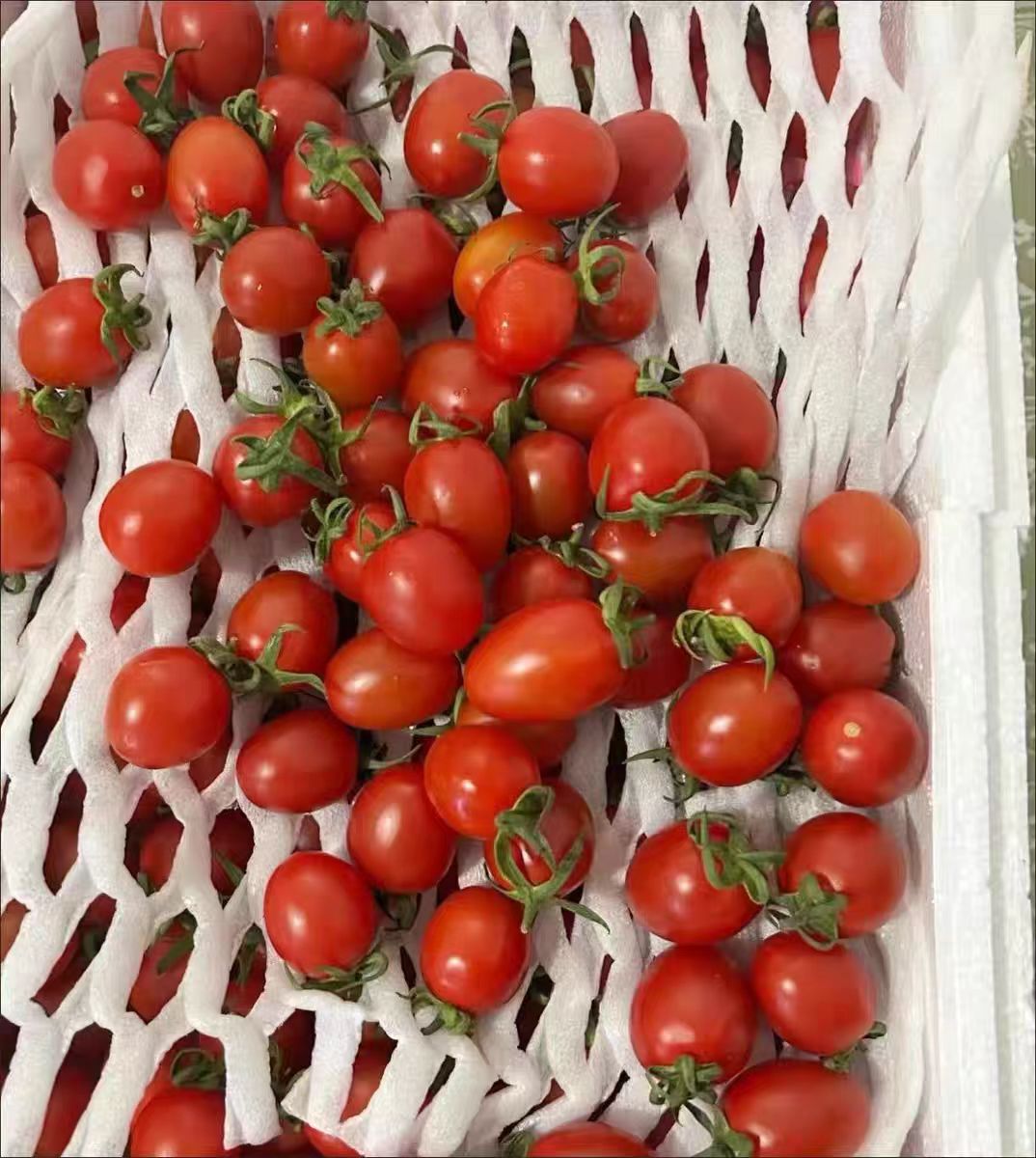Many friends want to grow cherry tomatoes at home. These small fruits are sweet and sour, delicious, and nutritious. When should they be planted? How to plant them? In fact, it’s not difficult—just follow the steps below.
The planting time for cherry tomatoes mainly depends on where you live and whether you are planting outdoors or in a greenhouse.
Outdoor Planting:
In southern regions with mild climates, seedling raising can start in February-March after the Spring Festival. Transplant them into the ground in March-April, and fruits can be harvested after May. They can also be planted in July-August in autumn for harvest after October.
In northern regions, spring comes later. Seedling raising is done in April-May, transplanting in May-June, and harvesting in July-September. Autumn is too cold for outdoor planting.
Greenhouse Planting:
Greenhouses provide warmth. In southern regions, those who want early harvests can raise seedlings from December to January, transplant in February-March, and harvest in April. In northern regions, seedling raising is in January-February, transplanting in March-April, with harvests in May.
In autumn, southern regions can raise seedlings in August-September, and northern regions in July-August. After transplanting, a crop can still be harvested before the end of the year.
When buying seeds, choose locally common varieties such as "Qianxi" or "Shengnv." These varieties have strong adaptability, high fruit yield, good taste, and are easy for beginners to grow.
Seedling Raising: From Seeds to Strong Seedlings
Prepare Seedling Containers: Use small seedling trays or flower pots filled with loose soil (you can buy peat moss, mix with vermiculite and perlite, and add some decomposed farm manure like chicken, cow, or sheep dung).
Seed Treatment: Soak seeds in warm water for about 15 minutes (the water should be warm, not scalding). After sterilization, soak for a few more hours, then wrap them in a damp cloth and place in a warm area (25-30°C, such as near a heater). Sow when small white sprouts emerge.
Sowing and Management: Place 1-2 seeds in each small hole, cover with a thin layer of soil, water, and cover with plastic film to retain heat. When seedlings emerge, remove the film and maintain moderate temperatures (warm during the day, frost-free at night). When several true leaves appear, thin out weak seedlings, leaving one strong seedling per hole. Water moderately to keep the soil moist.
Transplanting into the Ground: Choosing the Right Location is Key
Soil Selection and Fertilization: Choose a flat, well-drained site. Turn the soil in advance and apply plenty of decomposed farm manure to make the soil fertile and loose.
Transplanting Timing: For outdoor planting, transplant after the weather warms up and frost has passed. For greenhouse planting, transplant when the temperature is warm. Carefully transplant strong seedlings into the ground, leaving proper spacing (about 30-40 cm between plants, 50-60 cm between rows). Water thoroughly after planting to ensure roots are in close contact with the soil.
Daily Management:
Temperature and Ventilation: Cherry tomatoes prefer warmth. Keep daytime temperatures below 30°C and nighttime temperatures above 12°C. In greenhouses, open windows at noon for ventilation to prevent stuffiness.
Watering Techniques: Water sparingly after transplanting. Once seedlings recover, water thoroughly when the soil is dry. Avoid overwatering during flowering to prevent excessive leaf growth. Increase watering when fruits are swelling to keep the soil moist but not waterlogged, as this can cause cracking.
Stage-Based Fertilization: Apply nitrogen fertilizer (e.g., urea) during the seedling stage to promote strong growth. Use compound fertilizer during flowering and fruiting to encourage more flowers and fruits. Spray phosphorus-potassium fertilizer before fruit ripening to enhance sweetness.
Support and Pruning: Install supports as seedlings grow, tying vines to prevent lodging. Keep only the main stem, and remove side shoots, old leaves, and yellow leaves to direct sunlight and nutrients to the fruits.
Improving Fruit Set: During flowering, brush pollen onto the stamens with a small brush, or use flower and fruit preservation agents (follow instructions) sprayed on the flower stalks to reduce flower drop.
Harvest when fruits turn red and sweet. Use scissors to cut them, leaving the calyx intact. Handle gently to avoid damage. Harvesting promptly will encourage more fruit production.
By following these steps and managing them patiently, whether planting in pots on a balcony or in the ground, you can enjoy a bountiful harvest of cherry tomatoes. Homegrown fruits are not only more reassuring but also sweeter and more delicious!
When is the best time to plant cherry tomatoes?

Share with
Tagged in :




Leave a Reply